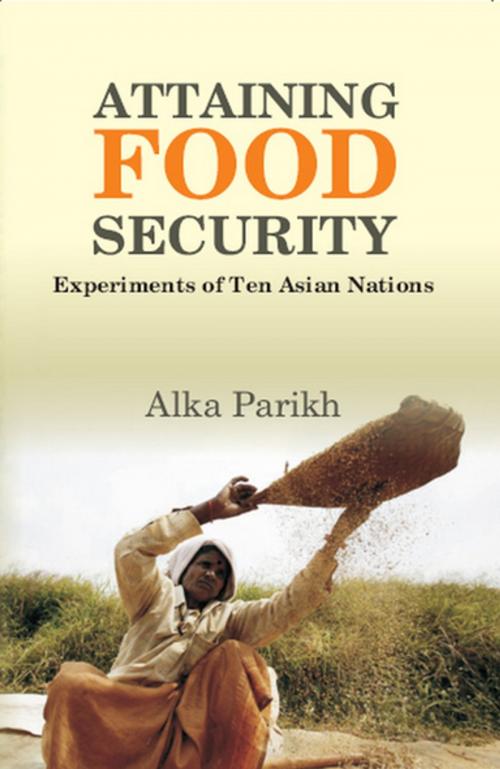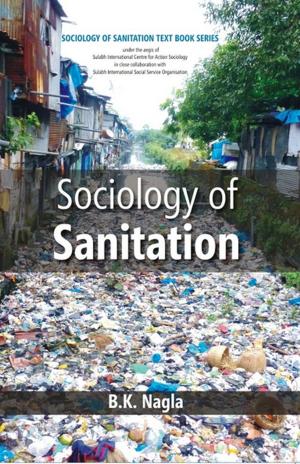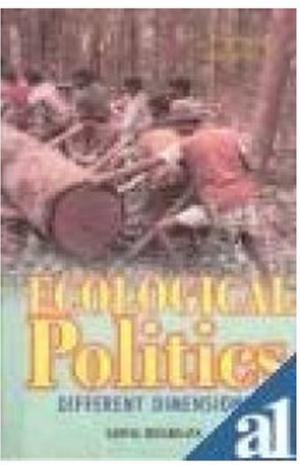Attaining Food Security
Experiments of 10 Asian Nations
Nonfiction, Social & Cultural Studies, Social Science| Author: | Alka Parikh | ISBN: | 9789351289265 |
| Publisher: | Kalpaz Publications | Publication: | June 30, 2015 |
| Imprint: | Kalpaz Publications | Language: | English |
| Author: | Alka Parikh |
| ISBN: | 9789351289265 |
| Publisher: | Kalpaz Publications |
| Publication: | June 30, 2015 |
| Imprint: | Kalpaz Publications |
| Language: | English |
As developing nations across the globe struggle to find effective means of reaching out to their hungry , they need knowledge about alternative ways of addressing this issue. It is useful to know how other nations are addressing this problem and the level of success achieved. More cost effective and efficient systems need to be looked into. It is difficult to find all the relevant information about food security schemes in one place. It is even more difficult to find such information about many nations in just one source. This book is prepared as a reference book for the stake holders interested in the policy analysis of food security schemes. Each chapter gives relevant food security indicators for that nation, the economic history and its developmental context, and the past as well as current food security schemes. Simple statistical tools like mean and standard deviation, regression and paired t test are used to interpret the data.
As developing nations across the globe struggle to find effective means of reaching out to their hungry , they need knowledge about alternative ways of addressing this issue. It is useful to know how other nations are addressing this problem and the level of success achieved. More cost effective and efficient systems need to be looked into. It is difficult to find all the relevant information about food security schemes in one place. It is even more difficult to find such information about many nations in just one source. This book is prepared as a reference book for the stake holders interested in the policy analysis of food security schemes. Each chapter gives relevant food security indicators for that nation, the economic history and its developmental context, and the past as well as current food security schemes. Simple statistical tools like mean and standard deviation, regression and paired t test are used to interpret the data.















